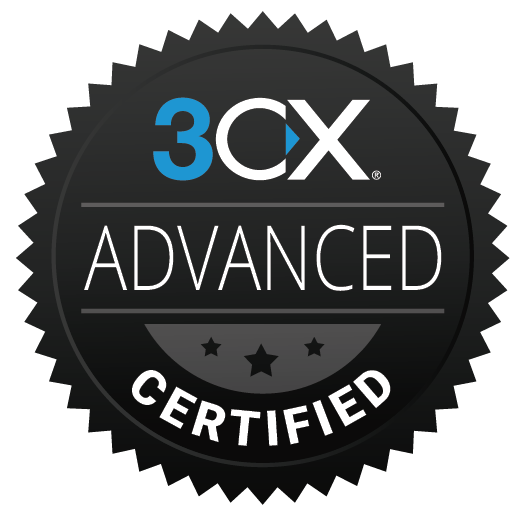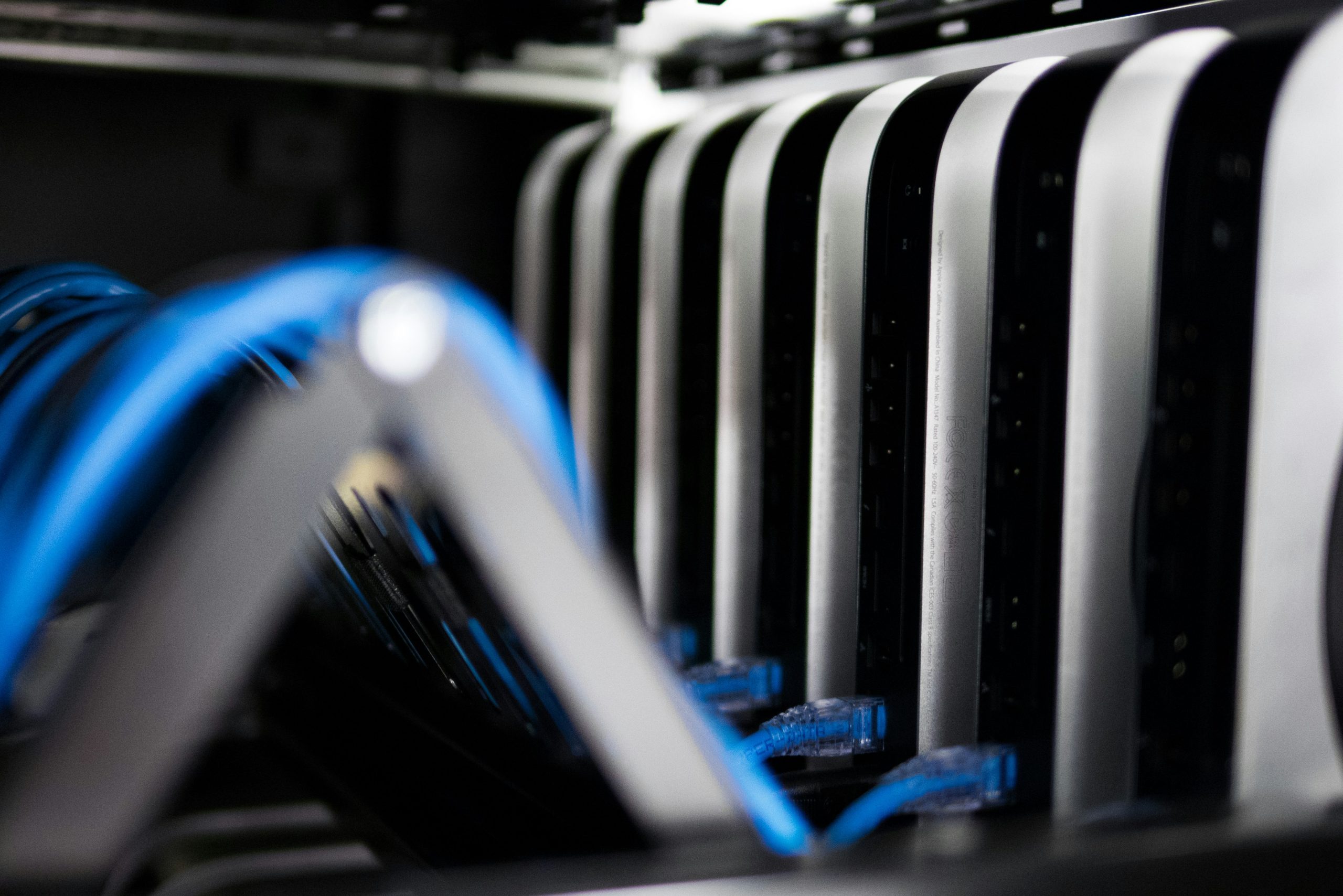In the era of digitization, where enterprises heavily depend on uninterrupted connectivity and data transfer, the significance of a strong network cabling framework is beyond emphasis. Choosing the right cabling infrastructure for your company is a critical decision that can significantly impact your efficiency, reliability, and overall performance. In this blog, we’ll explore the key factors to consider when selecting a cabling infrastructure that aligns with your company’s current needs and future growth.
Assessing Current and Future Requirements:
Before diving into the world of cabling and connectors, it’s essential to assess your company’s current and future networking requirements. Consider factors such as the number of users, devices, and the expected data transfer volumes. Additionally, anticipate future growth and technological advancements to ensure that your chosen cabling infrastructure can adapt and scale accordingly.
Understanding Cable Types:
There are various cable types available, each designed for specific purposes and environments. Common options include:
a. Twisted Pair (Cat5e, Cat6, Cat6a): Ideal for office environments, these cables are cost-effective and offer sufficient bandwidth for most applications.
b. Fiber Optic: Suited for high-bandwidth and long-distance transmissions, fiber optic cables provide excellent speed and reliability. They are resistant to electromagnetic interference and offer increased security.
c. Coaxial Cable: Typically used for cable television and broadband internet, coaxial cables can also be suitable for certain networking applications.
Choosing the right cable type depends on your specific needs, budget, and the nature of your business operations.
Performance and Bandwidth Requirements:
Different applications require varying levels of performance and bandwidth. High-performance tasks such as video conferencing, data backups, and large file transfers demand cables with greater bandwidth capabilities. Assess your company’s current and future bandwidth needs to select cables that can handle the workload without compromising speed and efficiency.
Compliance with Standards:
Adhering to industry standards is crucial to ensure interoperability and compatibility with a wide range of devices and equipment. The Telecommunications Industry Association (TIA) and the International Organization for Standardization (ISO) set the standards for cabling systems. Make sure the chosen cabling infrastructure complies with these standards to guarantee a reliable and future-proof network.
Consideration for Environmental Factors:
Environmental conditions can impact the performance and lifespan of your cabling infrastructure. Factors such as temperature, humidity, and exposure to chemicals can affect the cables. Choose cables with appropriate jackets and protection to withstand the environmental conditions present in your business environment.
Installation and Maintenance:
Consider the ease of installation and maintenance when selecting a cabling solution. Some cables are more straightforward to install and maintain than others, potentially saving time and resources in the long run. Additionally, factor in the scalability of the chosen infrastructure to accommodate future expansions or upgrades.
Investing in the right cabling infrastructure is crucial for a reliable and efficient network. By considering various factors, such as current and future needs, cable types, performance requirements, standards, environmental factors, installation, and maintenance, you can make an informed decision that sets the foundation for a successful company.
Ensure that your business technology needs are being met and maintained properly by working with the experienced professionals at ComRes. Call us today at 954-462-9600 or fill out our online form for more information.








